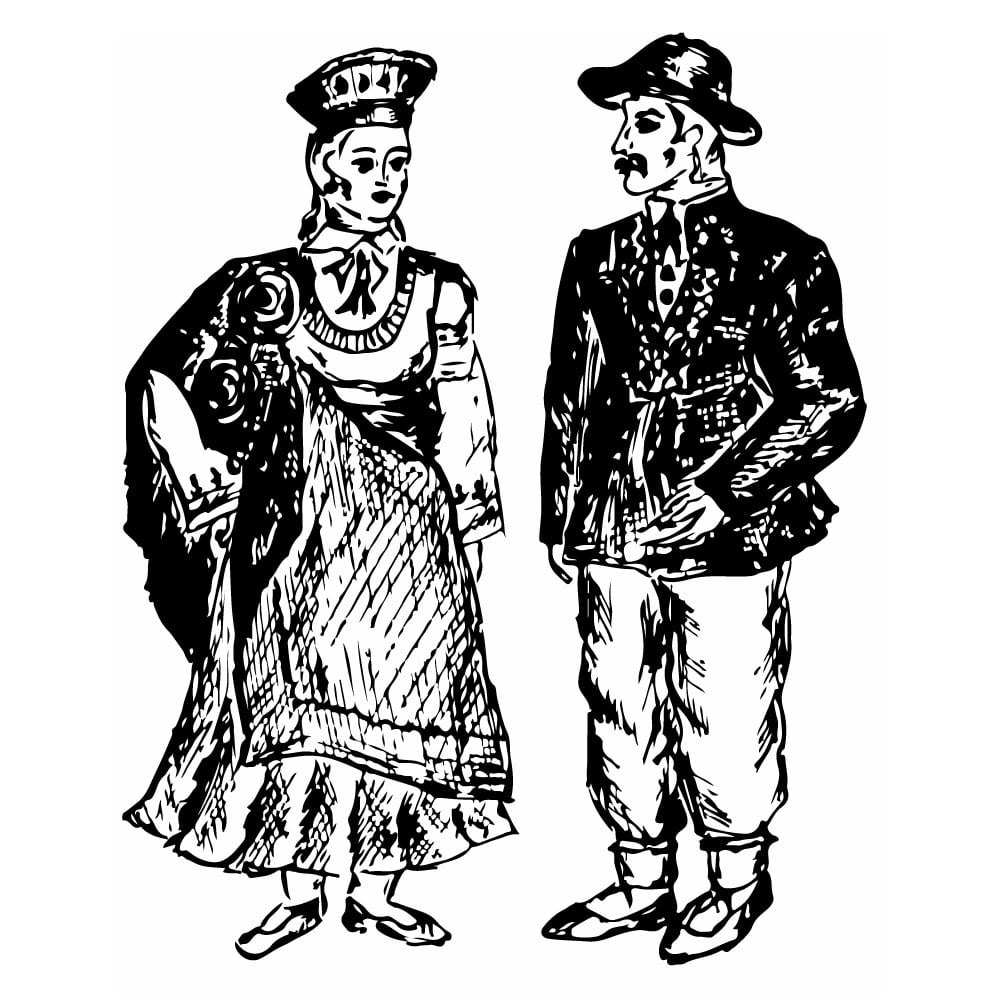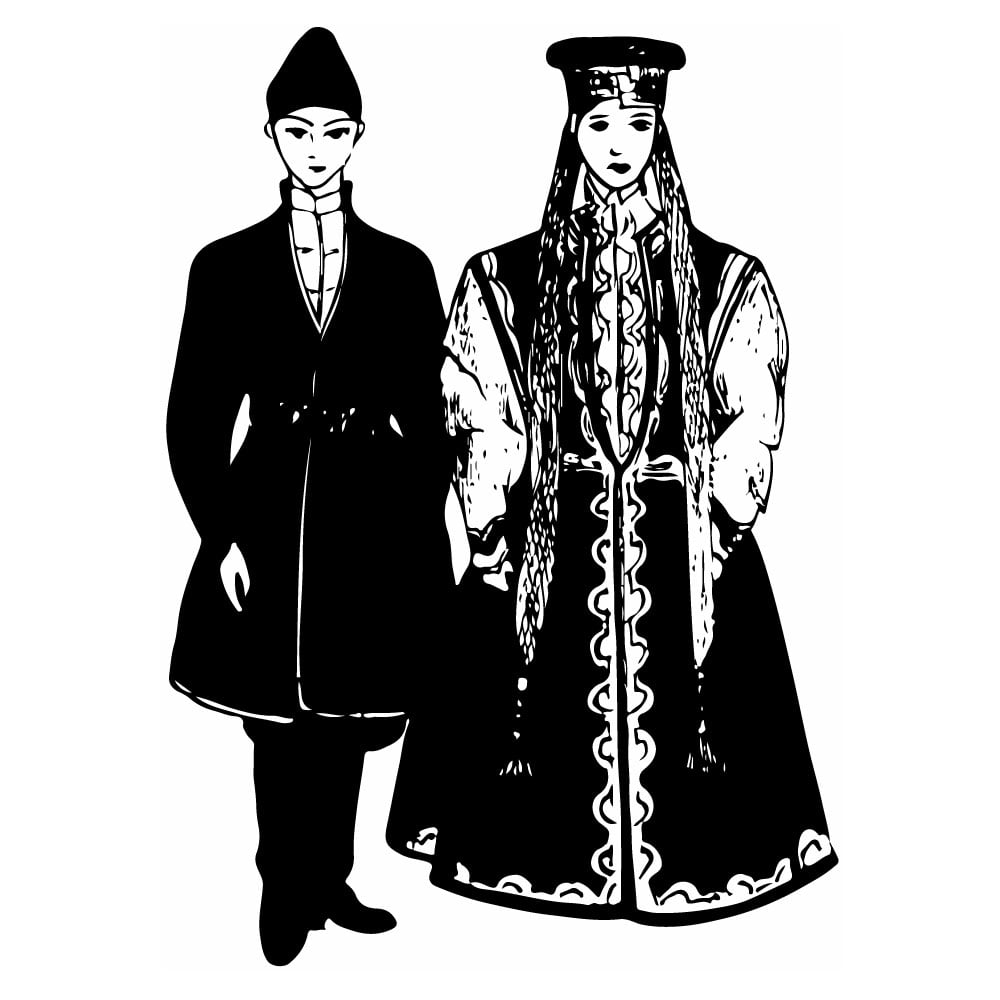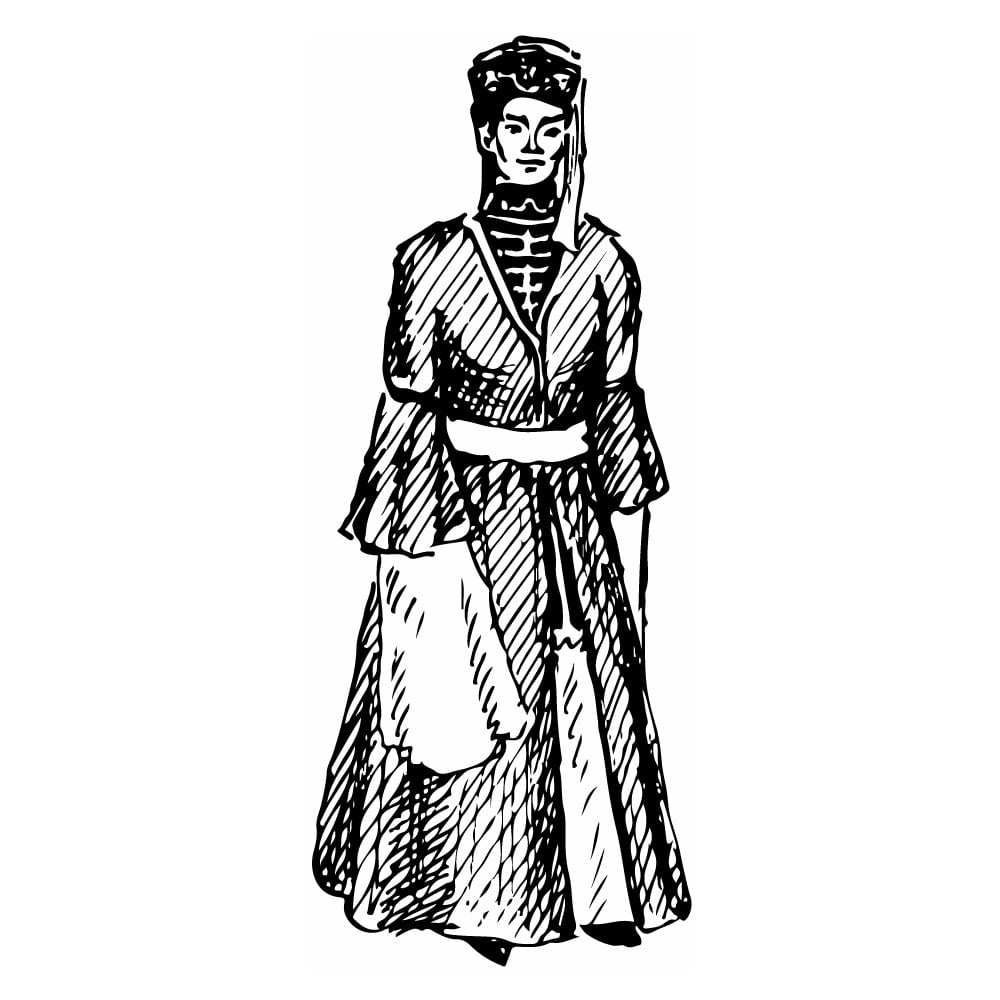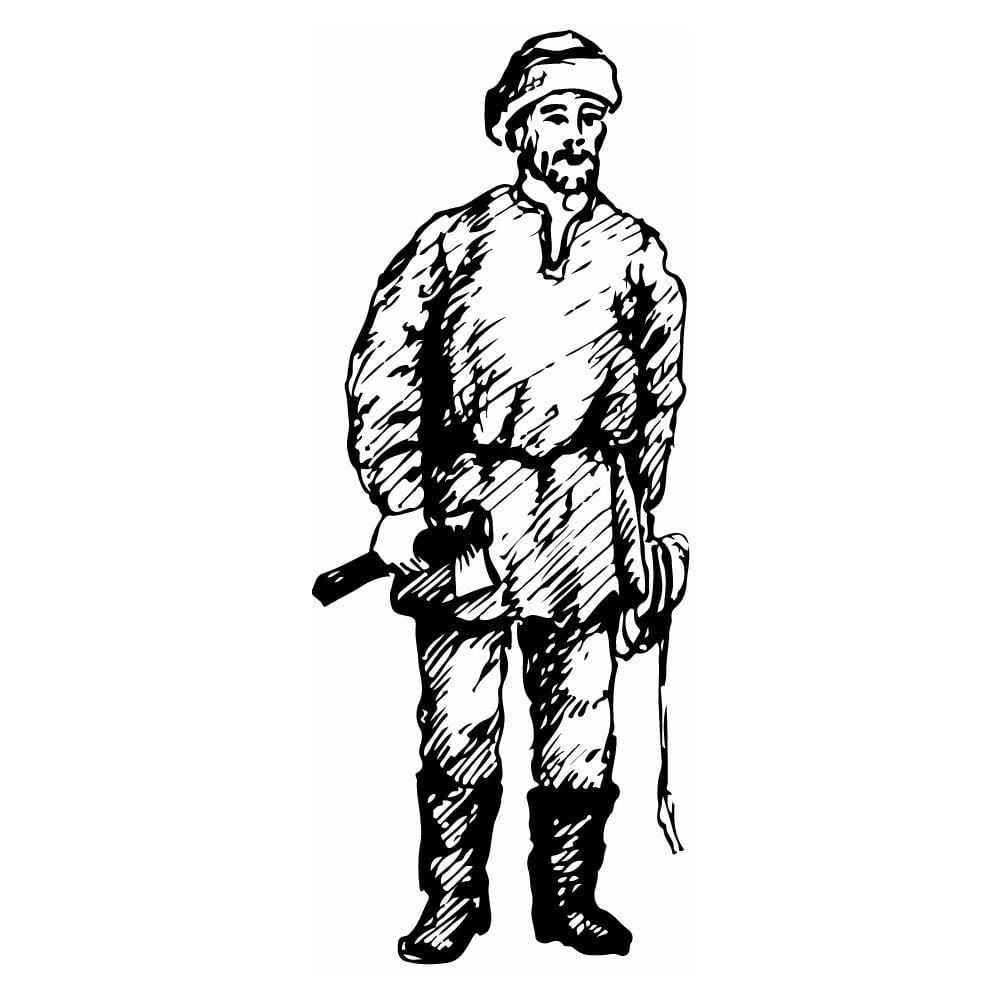Latvians
| Population | 2,667,000 |
| Language group | Baltic |
| Language | Latvian |
| Region | Latvia |
| Religion | Christianity |
*Population estimates for 1994
On the Baltic Sea coasts, along the western part of the Russian plains coasts there exists an independent Latvian State.
Vast lowlands, hills covered with forests, groves, fields, fast and winding rivers and motionless lakes make Latvian landscape particularly picturesque.
Archeological investigations prove that the territory of the present Latvia has been inhabited since the fifth millennia BC. Those were the ancient Baltic tribes, such as the Latgals, Sels, Zemgals and Kurshi, who were akin to the Slavs by language. The ancestors of all these ancient Latvian tribes penetrated into the present Latvian territories from the South. They gradually moved northward supplanting or assimilating Baltic-Finnish tribes who lived in Vidzem and Kurzem and were the ancestors of the Estonians and Livs.
On the verge of the first and second millennia in the process of ethnic consolidation of some ancient Latvian nationalities the Latvian people began to form. However, this process was hampered at the end of the twelfth and the beginning of the thirteenth centuries by the invasion of German conquerors (crusaders) who took in their hands almost all Baltic territories turning the natives into miserable, enslaved peasants and converting them to Catholicism by force (before that the local population professed Christianity of a Kievan Rus origin). The Latvian nation became consolidated by the end of the seventeenth century. In the sixteenth century Lutheran ideas spread throughout all Latvia (in Latgala, because of the counter-reformation and because of the fact that up to the last quarter of the eighteenth century it was a part of Catholic Poland, Lutheran beliefs were completely eradicated).
The Latvieshi (the way the Latvians call themselves) is a word originated from the ethnonym of the ancient Latvian nationalities, namely the Latgals and Letgals. The Latvians live primarily in Latvia. Besides, they are also found in Russia, Estonia, Lithuania and Belarus (total population in the CIS is 2,781,000). A few Latvians live in Europe America and Australia. They speak Latvian language. The Latvian believers are Protestants of different types. The Catholics live in Latgala.
For centuries have the Latvians been accumulating work experience in many kinds of labor activity. The peasants have always been known as skillful cattle-breeders, agriculturists and gardeners. Carpenters, plumbers and blacksmiths were particularly popular.
Ethnic composition of the Latvians is heterogeneous. Certain differences of the material culture and language peculiarities of the tribal unions who inhabited the early Latvian territories reflected on the clothes and household style of the inhabitants of certain districts.
At the end of the eighteenth and the beginning of the first half of the nineteenth century, there were several types of clothes. In general, every province was characterized by its specific national dress. Each of them had its original cut, color shades and decorations. Women usually were tunic-like shirts, checkered or striped skirts and aprons decorated with embroidery. Kerchiefs were used for headdress. Men’s clothes consisted of a caftan (tunic-shirt with a girdle), shirt, trousers, girdle and hat. Up to the nineteenth century the postoly or laptis (birch bark plaited shoes) were the most popular footwear. Since the second half of the nineteenth century, men’s clothes, later women’s, became gradually supplanted by factory-made clothes. Today people do not usually wear traditional dress; however, it is readily used by both young and elderly people on holidays.
Particularly strong were the traditions of making knitted parts of clothes, such as sweaters and gloves. They are skillfully and artistically done. Usually people use sheep wool for that.
The Latvians keenly preserve their national traditions in which their original character is manifested. Folk song festivals are the brightest tradition. They originated in the century-old Latvian attachment to chorus singing and their talent for music.
In spite of the conquerors’ rule that lasted for centuries, the Latvians have preserved their language and rich folklore. This has provided national writers with plots and topics for their works. Verbal folklore, songs and music have been inherited by centuries.
After Latvia was annexed to the USSR in 1940, the situation for the Evangelical Lutheran Church was tragic for the last 50 years. Fifty percent of the priests were arrested, sent to concentration camps, and deported. In the years of 1946-1948 there were no archbishop and consistory. The church did not have its parish. The church was under constant pressure of the state. Any slightest deviation from the “precious recommendations” of the plenipotentiary Committee of Religion and its members was considered to be a state crime or high treason.
The church diocese became crowded with shallow people incapable of the fidelity to any principal who abused church for their own career. At present, the church itself needs reconstruction as well as other aspects of state and social life.
Up to 1940 the Evangelical Lutheran Church of Latvia was the most numerous. At present the Roman Catholic church has the biggest number of its members. The Latvian Lutherans take this fact with sorrow.
Nevertheless, the Lutheran church possesses great potential, said Yuris Rubenis, the professor of theology and bishop of the Martin Luther’s Church in Liepaya. Many people are interested in the traditions of the Lutheran church and its ideas. Yuris Rubenis states that there is a considerable growth of interest in church rather than religious beliefs. The church has not experienced greater revival for the last 50 years. This is not fashion, but a continuous search for truthful information necessary to work out one’s outlook and philosophy. Latvian priests are days and nights engaged in talking with people about religion, church history, Bible and its understanding. There is great demand for religious literature that would help to catechize the congregation. Particularly strong is the need of young people to go to church. They are schoolchildren, students, people who are in their 30s and 40s whose youth was spent during stagnation years.
The population of Latvians is about 2.8 million; among them almost a million are believers of different churches and religions.
This is Ad 1





























